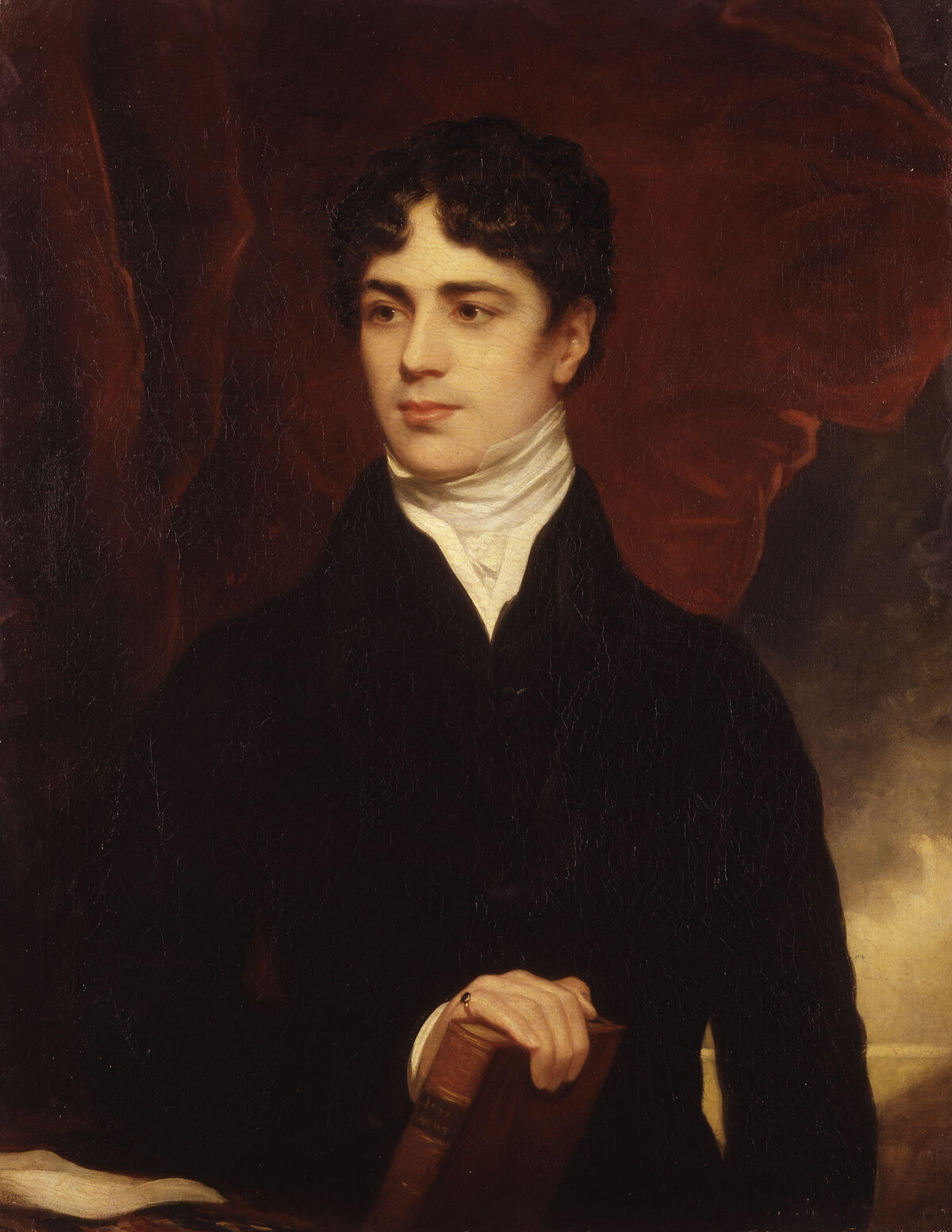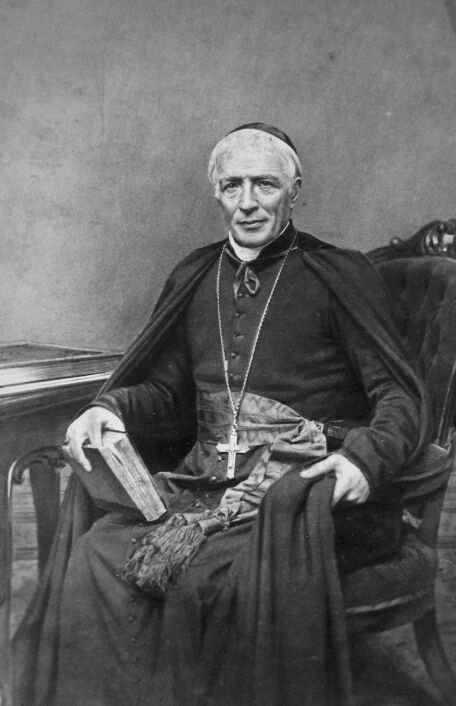After the Patriote rebellions of 1837 and 1838, the United Kingdom appointed Lord Durham to examine and prepare a report on the situation in the two colonies. He suggested a few possible solutions, including the unification of Upper and Lower Canada, as well as the implementation of a responsible government. The United Kingdom moved forward with the idea of unification and implemented the Act of Union in 1840. The two colonies were then combined under the name of United Canada or the United Province of Canada. However, the question of responsible government was not addressed.
During this period, the United Kingdom adopted a free trade policy, which greatly affected the economy of its colonies, including Canada. Despite that, the timber trade was still a booming industry in the 1840s, and several new regions opened up for colonization and the exploitation of natural resources.
The Catholic and Protestant religious groups of the Province of Canada gained more powers and responsibilities during this period. Religion still held a very prominent place in society.
To find out more about the Act of Union, consult the following concept sheets:

Lord Durham: the author of the report to the British Crown encouraging the union of the two Canadas.

Monseigneur Ignace Bourget, Bishop of Montreal.